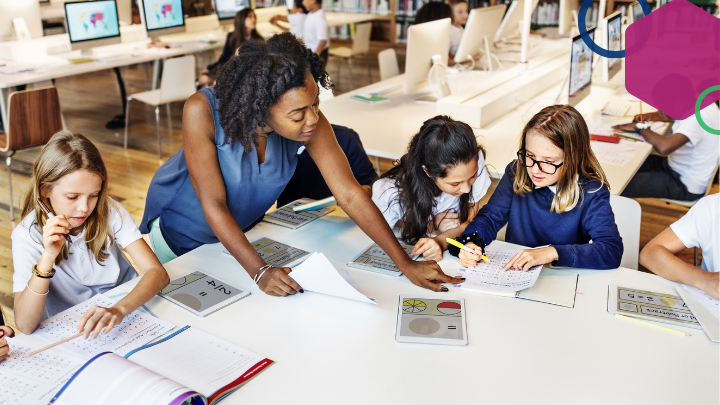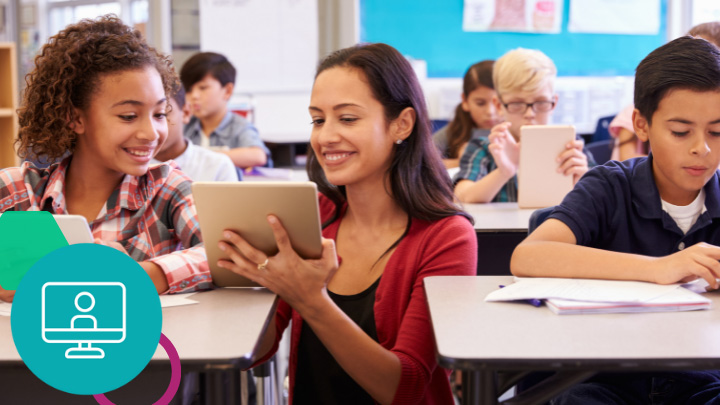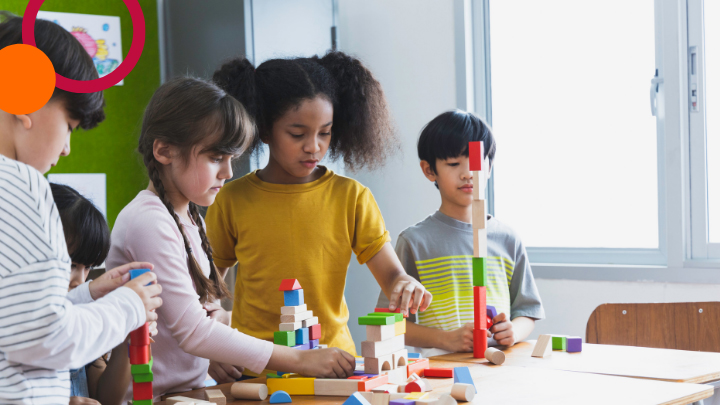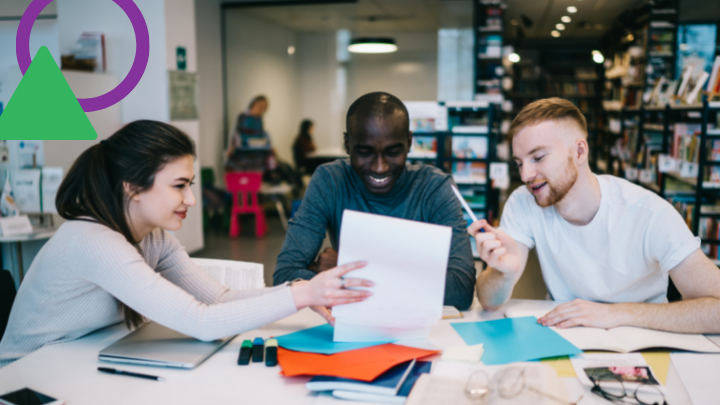In the last 10 years, research has increasingly confirmed what many teachers have always known: that students’ non-cognitive skills—such as their ability to be organized, build and maintain relationships, manage difficult emotions like anger and frustration, persevere through challenging tasks, and regulate their own actions and behavior—are crucial for their ability to be successful in school and beyond. In fact, the growing body of research about social-emotional learning (SEL) shows that students supported in SEL programs develop improved social skills and emotional well-being, as well as improved school outcomes, including reduced classroom misbehavior and absenteeism, increased grades and test scores, and higher graduation rates.
Because many teachers feel pressure to use every minute of class time for standards-driven content, it can be hard to make time for social-emotional learning. BetterLesson’s SEL strategies are designed help teachers identify impactful, easy-to-implement, straightforward tools that they can use in their classroom to improve students’ social-emotional well-being. Continue reading to see how you can start implementing SEL strategies in your classroom today.
Strategies to Try
Building social-emotional learning into your classroom can seem daunting and unfamiliar. Start by identifying a strategy you’d like to try for each of these areas:
Growth Mindset
Are you looking for ways to develop and cultivate a growth mindset among your students? Check out our Growth Mindset Re-Phrasing strategy for tips to help students see the connection between their abilities and their effort.
Emotional Regulation
Help students recognize the early warning signs of intense emotions before they escalate into behavior management challenges by using our Emotional Thermometer strategy to help students link coping skills to their feelings of frustration and anger.
Healthy Relationships
Classroom visuals can be used to deliberately support social-emotional learning. Read our Affirming Visuals strategy for tips to create classroom visuals that communicate classroom values, celebrate student growth, and affirm student identities.
Related Master Teacher Lessons
BetterLesson’s Master Teachers have written a variety of lessons to support you in building social-emotional learning into your classroom.
To help students practice building relationships with their peers…
7th Grade ELA BetterLesson Master Teacher Mary Lynch developed an Active Listening lesson to support students in engaging effectively in discussion with partners and, simultaneously, getting to know one another. If you’d like more tips for how to build active listening into your classroom, see our Active Listening strategy.
To support community-building in your classroom…
8th grade ELA BetterLesson Master Teacher Julianne Beebe developed an Identity Bead Council lesson in which students create beads that represent their interests, memories, or families, and string them into a necklace, which ultimately tied back to the theme of identity in the book they were reading. If you’d like to learn more about structuring class conversations to build community, see the Circle Up: Co-Creating Community Conversations strategy.
In order to build empathy and gratitude among your students…
3rd grade ELA BetterLesson Master Teacher Jennifer Martinez used a We Have Positive News lesson to encourage students to pay attention to and publicly recognize what their peers were doing well. If you’d like to try a similar board in your classroom, see our Positive News Board strategy.
Getting Started
Building social-emotional learning into your teaching practice can have a powerful impact on your classroom. At BetterLesson, our goal is to provide tools and strategies that will work for you and your students, whether that means explicit SEL skill instruction, SEL-oriented classroom practices like class meetings and group decision-making, modeling and coaching of empathy and conflict resolution, or other activities that fit well in your classroom. Dig into the resources in this post to get started, and if you’d like some support, a BetterLesson Instructional Coach can help! Contact BetterLesson today to learn more.








